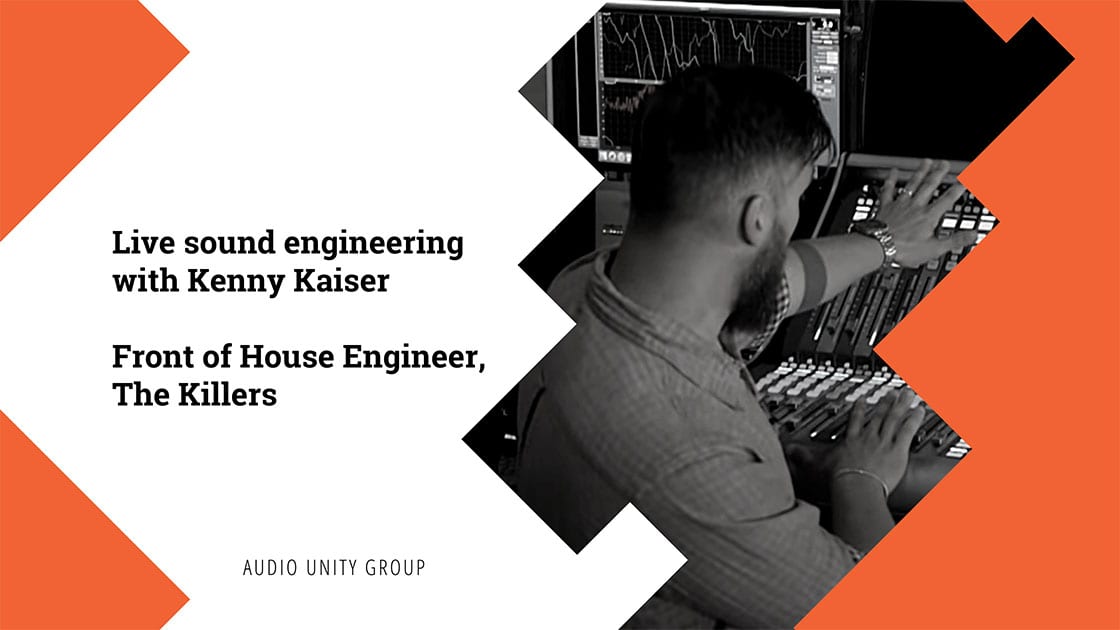[00:00:38.610]
It’s all about the relationship between the drummer, the actual instrument in the room. There are three aspects. It’s so important and usually so underestimate you.
[00:00:58.430]
Each room we used was a certain type of room. We went to a big space, parallel walls, absorbed and treated so you can get a very punchy sound. But you still have a huge size Rex Studio B. A weirdly shaped, oddly shaped, medium sized room with double height C perfect for rock drums, can be really aggressive if you want to or can be very vibey.
[00:01:30.430]
Then we went to Snap Studio. That is a medium sized room with floors an end that is more live and reverberant has a huge glass from the control room to the live room, so that side is more reflective while the other side is more absorbent.
[00:01:49.250]
Gentrak is fairly small, but it’s not absorbed and treated so it’s quite reflective and it sounds much bigger than it actually is.
[00:02:02.150]
Then we went to this little room that is my overtop booth that is not supposed to have trunk it at all. We ended up at Air Studio One that is huge rim, also useful at Tesla. It’s very live room. It’s not too much absorbing.
[00:02:21.590]
Luckily, we had the time to play around with some absorbing panels to change the sound of the room, and we discovered that my whole lot of this is much more than I ever thought.
[00:02:43.230]
The whole goal was to keep it very consistent. So we needed to figure out the way in advance to record the drum kit exactly in the same way so we could compare.
[00:02:57.430]
The reason why we opted in for Panorama reporting is to have the closest possible to human perception. We opted to have some closed mics as well, and then we put some other mics that could, according to the room size, they were the first possible from the drum kit, then from the mic. So you go to the mic pre amplifier. We use the full strike. I use eight to eight mic three.
[00:03:24.730]
From there we went through an RM interface and no additional processing was involved into the recording. When we record a drum kit, we usually tweak sounds before we hit the computer, we equalise, we compress the sound and we didn’t want that to happen. This time. We were three demanding on keeping everything really consistent. So we use the same migraine with same gain so we can also see, does the room sound louder or some quieter, or how does the volume change?
[00:03:55.100]
How does the sound change? How does the frequency change? Each room has its own character. This experiment, 100% confirmed at the end of the day, is all about having clear ideas of the sound you want to have on record and going to the room that can actually give you that sound. So you can experiment in the room to really exploit all the potentials of the family you’re looking for.

